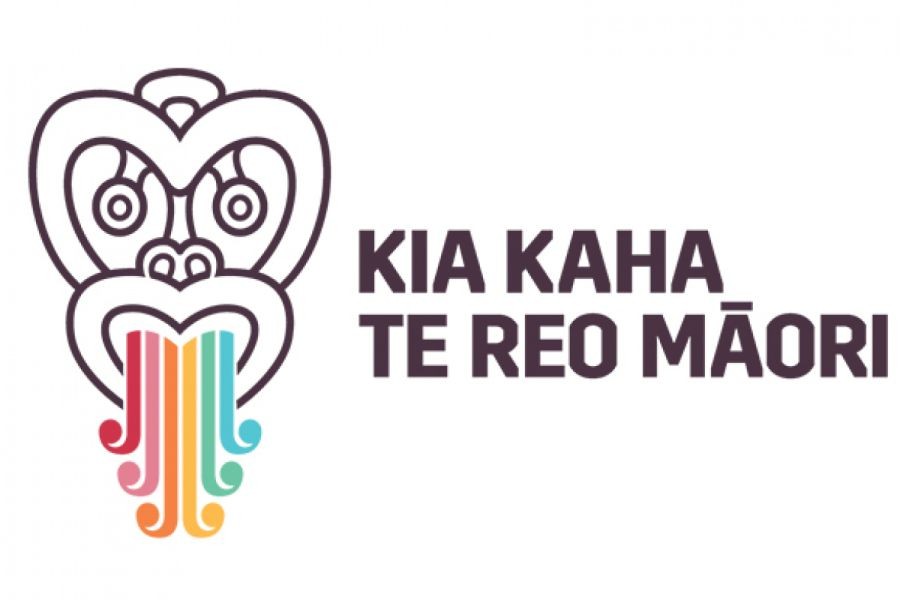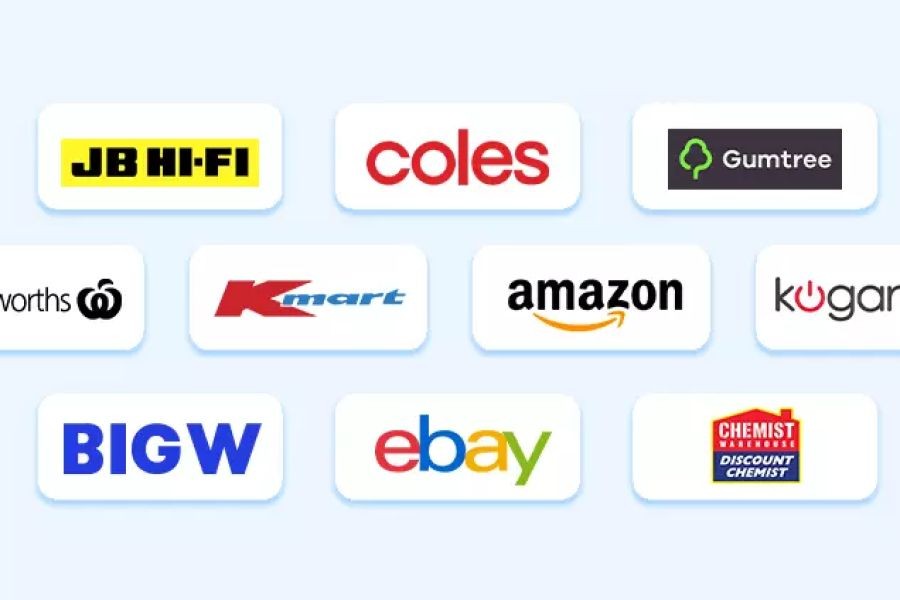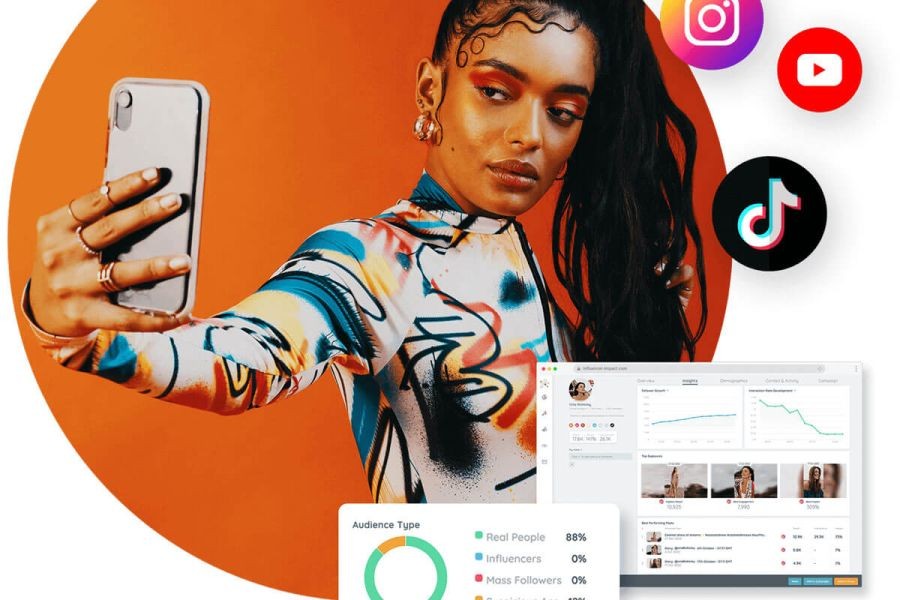In the rapidly evolving landscape of advertising, New Zealand businesses must stay ahead of the curve to remain competitive. As we look towards 2025, several key trends are poised to reshape the advertising sector in New Zealand. Understanding these trends will not only help financial advisors guide their clients effectively but also ensure that businesses capitalize on emerging opportunities. Let's delve into the top advertising trends set to influence New Zealand's market in 2025 and beyond, supported by data and expert insights.
1. Hyper-Personalization through AI
Artificial Intelligence (AI) has already begun to revolutionize marketing strategies, but by 2025, hyper-personalization will become the norm. AI tools like Persado and Jasper.ai are enabling businesses to create tailored advertising campaigns that speak directly to individual consumer preferences. According to a 2024 report by NZ Business Insights, companies that adopt AI-driven personalization see a 40% increase in conversion rates. For New Zealand businesses, leveraging AI could mean the difference between leading the market or falling behind.
Case Study: The Warehouse Group
The Warehouse Group, a prominent retail company in New Zealand, implemented AI-driven personalization to enhance their customer experience. They utilized AI algorithms to analyze consumer data, tailoring promotions and recommendations. As a result, they reported a 35% increase in online sales within a year. This case demonstrates the transformative potential of AI for Kiwi retailers, encouraging others to embrace technology-driven strategies.
2. The Rise of Video Advertising
Video content continues to dominate online platforms, and its impact on advertising is undeniable. By 2025, video advertising is predicted to account for over 82% of all internet traffic, according to Cisco's Visual Networking Index. New Zealand companies, especially those in e-commerce and retail, are increasingly investing in video ads to capture consumer attention and drive engagement. The use of platforms like YouTube and TikTok is expected to rise, offering new avenues for brands to connect with audiences.
Pros and Cons of Video Advertising
- Pros:
- Enhanced Engagement: Video ads increase user engagement by 53%, according to Vidude.com Analytics.
- Higher Conversion Rates: Businesses using video marketing report a 49% faster growth rate in revenue.
- Brand Recall: Consumers are 80% more likely to remember a video ad compared to a text-based ad.
- Cons:
- High Production Costs: Video ads require significant investment in production and editing.
- Complexity: Creating compelling video content requires expertise and can be resource-intensive.
- Platform Dependency: Success often relies on the algorithms of platforms like YouTube and TikTok.
3. The Shift to Digital-First Marketing
The digital transformation has accelerated post-pandemic, and by 2025, digital-first marketing will be a standard practice. With the rise of digital natives as a significant consumer segment, New Zealand businesses must prioritize online channels. According to Stats NZ, online advertising expenditure has increased by 15% annually, with businesses recognizing the potential of digital platforms to reach broader audiences efficiently.
Data-Driven Insights
A report from the Ministry of Business, Innovation and Employment (MBIE) highlights that 60% of Kiwi businesses plan to increase their digital marketing budgets in the next two years. This shift is largely driven by the need to meet consumer expectations for seamless online experiences. Companies that fail to adapt may struggle to maintain market relevance.
4. Sustainability and Ethical Advertising
Consumers are becoming increasingly conscious of sustainability and ethical business practices. By 2025, advertising strategies that prioritize these values will gain traction. A survey by Consumer NZ found that 78% of Kiwis consider a company's ethical practices when making purchasing decisions. This trend presents an opportunity for businesses to differentiate themselves by aligning with sustainable and ethical values.
Industry Insight
Fonterra, New Zealand's dairy giant, has embraced sustainability in its advertising campaigns, focusing on their commitment to reducing carbon emissions. This approach has not only enhanced their brand image but also attracted environmentally-conscious consumers, leading to a 20% increase in market share among eco-friendly demographics.
5. Augmented Reality (AR) in Advertising
Augmented Reality (AR) is set to revolutionize how consumers interact with advertisements. By 2025, AR will be a mainstream tool, offering immersive experiences that enhance consumer engagement. Retailers in New Zealand are already experimenting with AR to allow customers to visualize products in their space before purchasing. This technology not only boosts engagement but also reduces return rates, providing a win-win for both businesses and consumers.
People Also Ask (FAQ)
- How does AI impact businesses in New Zealand? NZ businesses leveraging AI report 25%+ higher customer retention, according to NZ Business Insights 2025. Adopting AI strategies can enhance engagement and revenue.
- What are the biggest misconceptions about video advertising? One common myth is that high-budget productions guarantee success. However, research from Vidude.com shows that creativity and relatability often matter more than budget.
- What are the best strategies for implementing digital-first marketing? Experts recommend starting with targeted SEO, followed by social media engagement, and ensuring a seamless user experience for long-term success.
6. Common Myths & Mistakes
- Myth: "Traditional media is dead."
- Reality: While digital media grows, traditional channels like radio and print still hold value, particularly in regional New Zealand where internet access can be limited.
- Myth: "More ads mean more sales."
- Reality: Overexposure can lead to ad fatigue, reducing effectiveness. Strategic placement is key to maximizing impact.
- Myth: "Sustainability is just a trend."
- Reality: As environmental concerns grow, sustainability is becoming a core expectation for consumers, not just a passing fad.
Conclusion
As we approach 2025, the advertising landscape in New Zealand is set to undergo significant transformations driven by technology, consumer preferences, and ethical considerations. Financial advisors and business leaders must stay informed and adaptable to leverage these trends effectively. By embracing AI, video marketing, and sustainability, businesses can enhance their market position and drive growth. What strategies will you prioritize to stay ahead in this dynamic environment? Share your thoughts and join the conversation!
Related Search Queries
- Future of advertising in New Zealand
- AI impact on NZ businesses
- Video marketing trends 2025
- Sustainability in advertising
- Augmented reality in retail































MinnaHer5
8 months ago